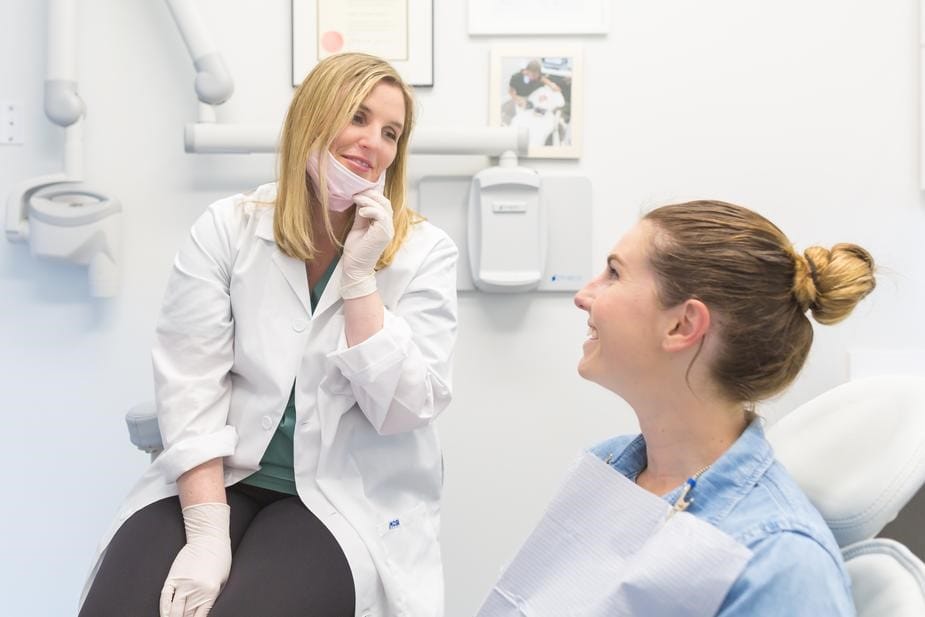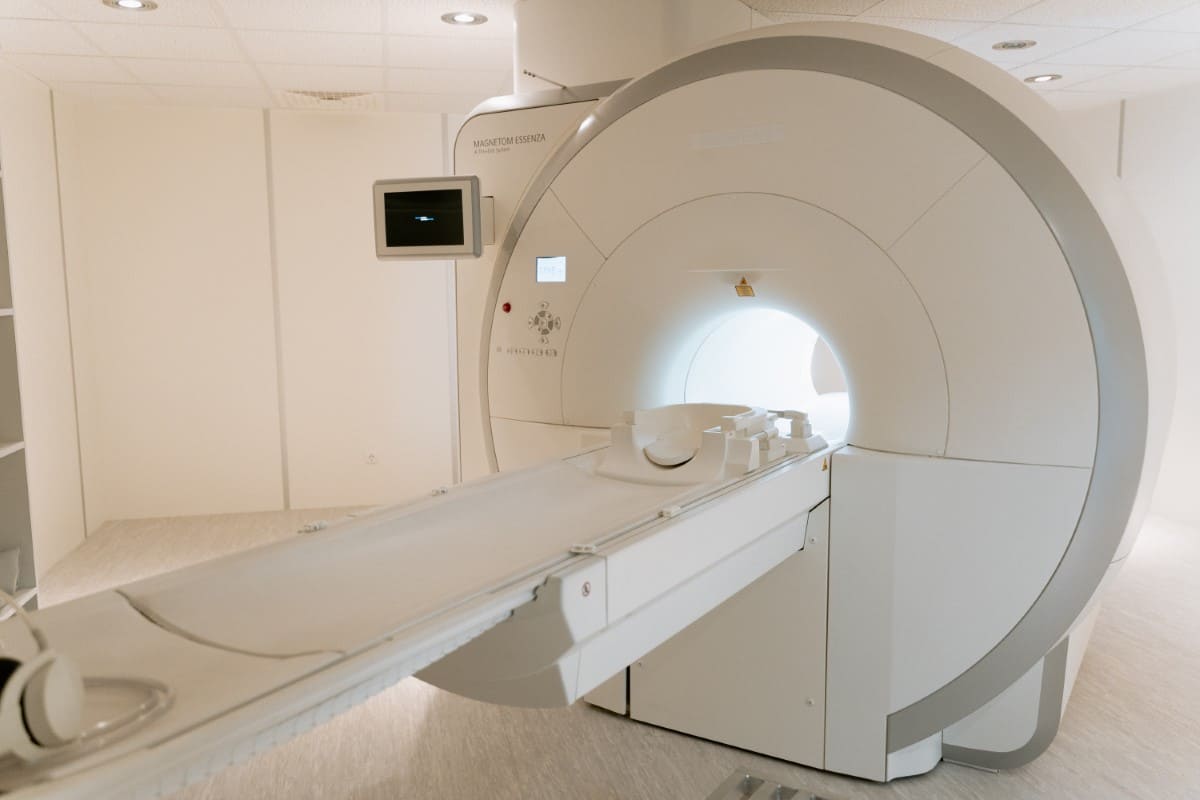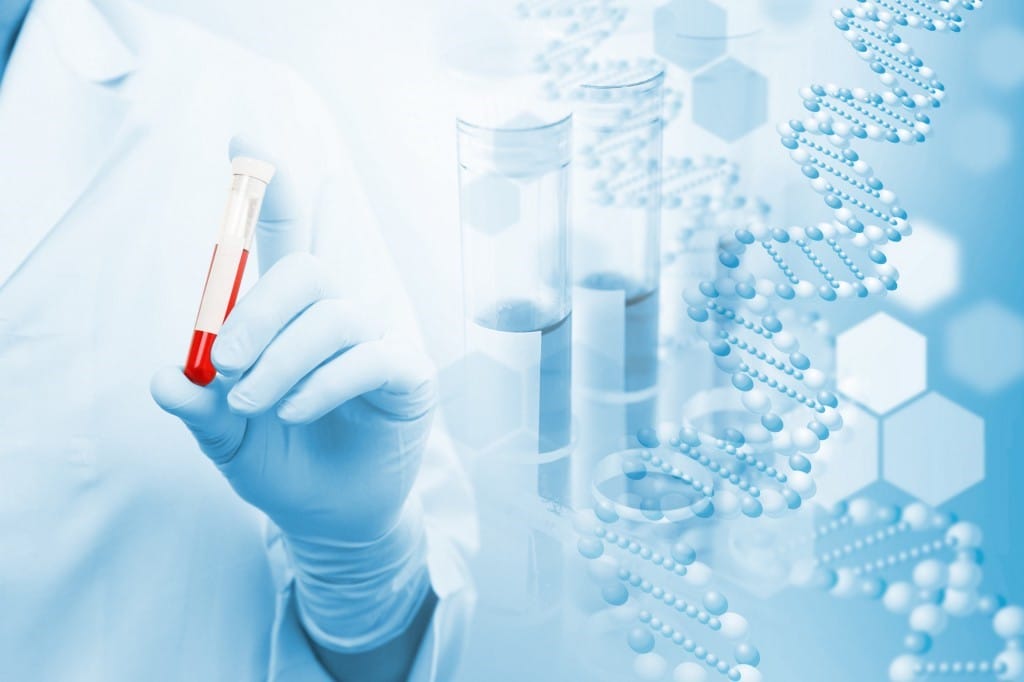
In our quest for a cleaner environment, the development of methods to ensure the purity of our surroundings has been a pivotal chapter in human history. This journey, marked by ingenuity and necessity, showcases our ever-evolving battle against invisible adversaries.
The story begins in ancient times when early civilizations recognized the importance of cleanliness to maintain the general well-being of their communities. They utilized natural resources, such as boiling water and using sand for scrubbing, which were the precursors to more sophisticated techniques. As centuries passed, the discovery of the role of microorganisms in contamination spurred a revolution in how societies approached sanitation.
By the 19th century, the industrial era brought with it a need for more effective methods to manage waste and prevent the spread of unseen particles in increasingly crowded cities. This period witnessed the advent of chemical solutions that could be applied to surfaces, a significant leap forward from the simpler methods of old. Innovators began experimenting with various compounds, aiming to discover a formula that could be both safe for humans and lethal for pathogens.
The 20th century saw tremendous growth in our understanding of microbial life, which led to the development of even more refined techniques. Methods such as steam and pressure were harnessed to create environments where no microorganism could survive, thus ensuring the sterility of tools and surfaces without the use of harsh chemicals. This era of sterilization technology was marked by the introduction of devices that could control temperature and pressure with high precision, making them indispensable in many high-stakes settings.
As the digital age dawned, the principles of disinfection and sterilization merged with technology. Automated systems that use ultraviolet light and other forms of radiation to ensure cleanliness without direct human intervention became commonplace. These systems provide continuous protection against contamination and have become a fixture in various scenarios, from public spaces to controlled environments.
Today, we stand on the brink of a new era where nanotechnology and biotechnology converge to create even more efficient and environmentally friendly solutions. These future techniques promise to be more effective, using less energy and resources, thereby setting a new standard in our ongoing quest for purity.
This progression from rudimentary washing to the sophisticated processes we rely on today highlights not just a technical evolution, but a fundamental shift in how we perceive and achieve cleanliness. It's a testament to human innovation and our relentless pursuit of creating safer, more hygienic spaces.
 If there is FemTech, where is MenTech? (10 Men's Health Companies)
If there is FemTech, where is MenTech? (10 Men's Health Companies) IT and life in Barcelona: tax benefits, excellent medicine and life like in a resort
IT and life in Barcelona: tax benefits, excellent medicine and life like in a resort Life in Poland: European Infrastructure
Life in Poland: European Infrastructure What determines the future of UX/UI design in medicine?
What determines the future of UX/UI design in medicine? Telemedicine services Doc+ and Doctor Ryadom have announced a merger — the latter will receive all the developments of both companies
Telemedicine services Doc+ and Doctor Ryadom have announced a merger — the latter will receive all the developments of both companies Automating analytics for a medical clinic using Power BI
Automating analytics for a medical clinic using Power BI
Reviews
Zainab Sharples
This blog just blows your mind! There is so much valuable information and interesting ideas, a very inspiring place where you can get a lot of useful knowledge!
Chace Weber
That's what I understand - a blog for everyone! Always looking for simple and straightforward explanations and your blog is a godsend!